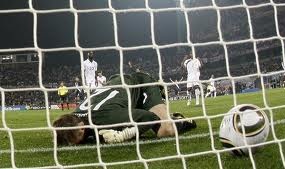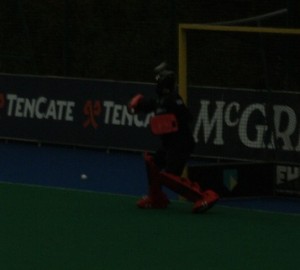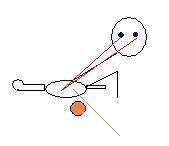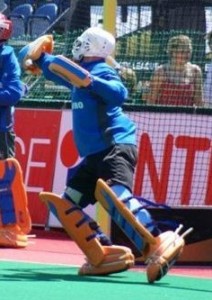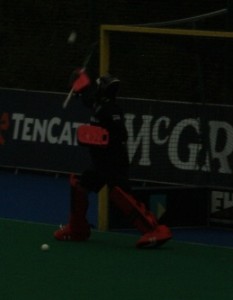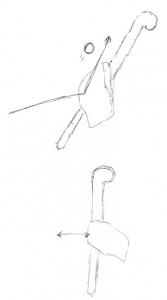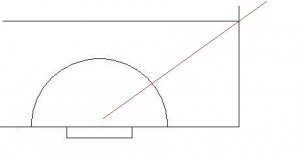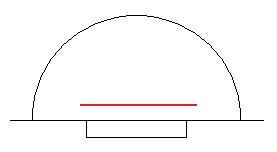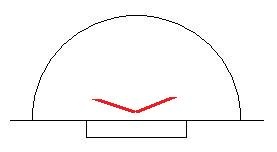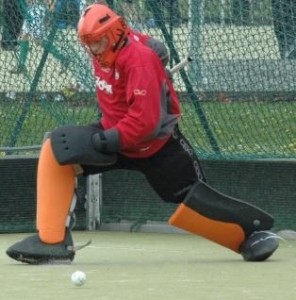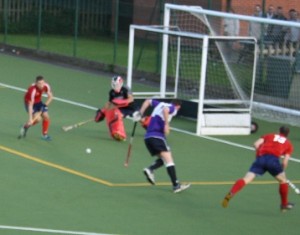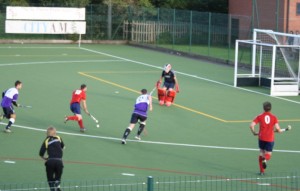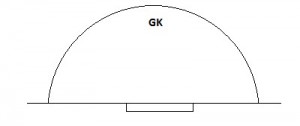In order to provide consistent performances for your team, you need to be proficient college paper writing service in your technique. That is to say you need a strong technique to base your save making from. For example, if you have weak positioning, then being caught out of position, shots are more likely to sneak by you, or you will have to dive or desperately over extend at every given opportunity. If you have a poor imbalanced ready stance, then it will be difficult to control rebounds on the save or will end up on your backside flailing around against a secondary shot! The more you work on improving technique and developed a strong core foundation to make saves from, the better your match performances will be.
Ensuring you have strong foundations
The key to strong performances as a goalkeeper, other than a confident mindset, is obviously down to technique. The stronger your technique, the better placed you are to make first and then secondary saves, to break down scoring attacks through rebound control and aggressive interceptions and so on. But your application of technique filters down to a strong foundation, which is a good ready stance, positioning and understanding of angles. The better your foundational technique, the better equipped you are to stop everything that comes your way. You don’t build a house on sand, unless you want it to slip away! Like the metaphor, you need to work on having solid foundations so you don’t have a poor season (one excellent game does not a good goalkeeper make!).
Of course, unless you have the privilege of having a goalkeeper specific coach to work with, or the help of a more experienced goalkeeper (who actually knows what they’re talking about!), it’s going to be difficult to work on improving your technique. However, there are some things you can work on without a coach, like positioning and your ready stance, making a self enforced effort to practise it in training. There are also useful guides like Kathleen Partridge’s goalkeeping manual (http://www.kathleenpartridge.com/book.aspx) or you can learn something watching high level games in person or on sites like youtube.
Identifying weak traits
If you have the ambition and desire to play at the highest levels, then you need to be able to filter out poor technique and work to develop solid save technique. In order to play to the highest level, you need to have well defined basic technique. If you don’t and you get the chance to play at a higher level, then this will quickly be exposed and you will be torn to shreds! For example, poor rebound control, by not turning the shot away, can lead to another unnecessarily allowed shot on goal by redirecting it to a free attacker. Scrambling around unnecessarily, or ending up on your backside from a save are sure signs of poor positioning and poor balance. As much as those laudable amazing saves are fun to do, you need to .
Over used ‘flashy’ saves
Aside from obvious weaknesses in technique, there is also the danger of being too or over athletic. That’s not to say you won’t be required to pull off those spectacular, mind boggling saves every so often to keep your team in it! Of course as goalkeepers we need to be very agile and athletic, but being so when it is not necessary is not needed. Rather, I’ve heard stories of goalies that changed the way they played to try and get noticed when looking to play national league, making those dramatic saves to try and get the attention of the coaching staff. By changing the way they played and looking to make the amazing saves rather than focusing on basic technique, they hampered their ability to perform consistently well. Of course unfortunately some coaches are privy to selecting such a goalkeeper but it is better to be known for providing a strong, consistent performance with no mistakes. Think of Gomes at Tottenham; do you want to be known for your awe inspiring saves and then inability to make the basic ones or string of mistakes? Playing at the top level is obviously a mix of the high end and basic saves, but ensuring you don’t make easy mistakes and let easy ones through you is more important than stopping than unstoppable in most cases.
Let the difficult saves take care of themselves
A good football (soccer) saying is “take care of the easy saves and the difficult ones will take care of themselves”. Whilst making those amazing saves is great fun, if every save is overdone, such as having to dive around unnecessarily (that is to say diving at every shot because you are not set on angle or out of position) due to being off angle, then you probably need to rethink the way you are playing. That’s not to say these saves aren’t important, but there’s a time and place for them. Those “flashy” looking saves actually come from good initial positioning and then good footwork and agility to get behind the shot and then strong athleticism to reach the ball. In truth, you’re only really going to be diving against short corners, deflections, or a secondary shot where you are at the other side of goal and have to scramble across to block. Once you have got strong technique, the intangibles of reaction speeds, athleticism and mental strength come into play. You can’t really know how you will perform at a higher level, which is why building strong foundations will help your development and enable you to play to the best of your ability. It is the faster speed and better plays that will draw out these qualities (or not as the case may be!).
Strong technique
A strong technique is based around strong understanding of angles and positioning and a good ready stance. The natural ability of reactions and reflexes then come into play, as do athleticism and agility. However, without the ground works, you cannot expect to make quality saves against difficult shots. The following are a few possibilities of areas that you demonstrate good basic technique:
- Strong ready stance applied throughout the course of the game, from which the goalkeeper is able to react
- Strong awareness of angles and positioning
- Obvious first save reactions, but also the ability to control rebounds
- Good foot work to move into position for the save
- Strong centre of core balance to help control the save and rebound
- Good recovery and agility to get back into place for the second save
- Patience in reacting (i.e. not going down too early)
- Ability to ‘read’ the play and strong decision making
The following is a good example of a goalkeeper with a strong ready stance and positioning making well executed saves:
http://www.youtube.com/watch?v=vxdtR-hIYuc&feature=relmfu
Strong foundations lead to success
Ultimately, for you to have a strong season in between the sticks, you need to have solid foundations within your technique. It is obviously difficult to work on improving technique without the assistance of a goalkeeper coach, but focusing on the basics like positioning, angles, ready stance, balance and focusing on the ball and reading the play will help lead to greater success. Remember that it is more important to get behind the shot and stop it, than it is to have to dramatically dive in extension to reach the ball even if at times you might have to!


